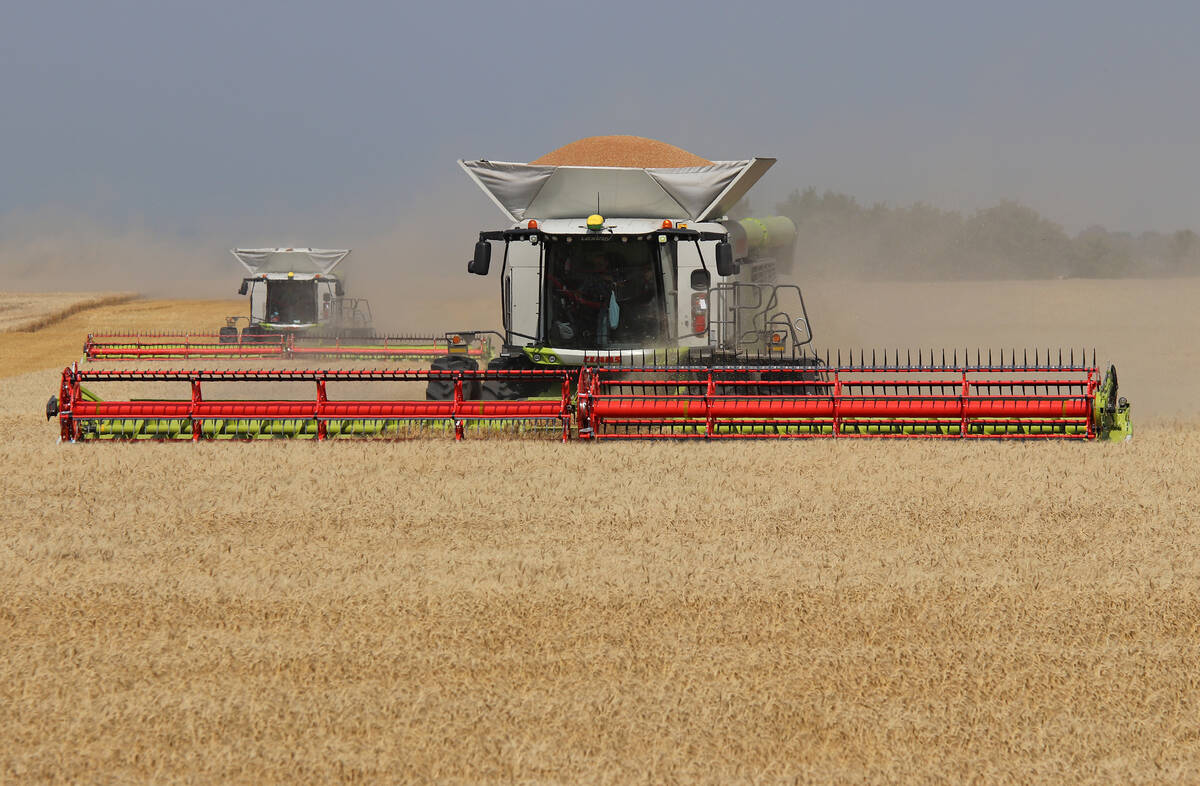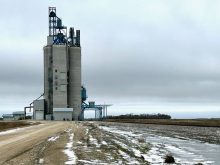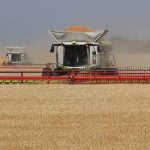Compared to last week, western Canadian yearling prices were relatively unchanged while calf markets were down $2-$3 on average. Feedlot inventories in Alberta and Saskatchewan are 30 per cent above the five-year average; therefore, demand is lacking moving into the main marketing period for calves. Finishing feedlots have sufficient ownership and being fairly finicky on replacement quality. There are fleshier cattle coming on stream at this time of year and punishing discounts were noted.
Alberta feedlots are harvesting corn silage so processing hands are limited. This has contributed to the softer tone in certain pockets. Backgrounders are starting to step forward now that grain harvest is in the final stages. Silage and forage are priced at historical highs but this group of feeders is also a tenacious bunch.
Read Also

Argentine farmers bag last fields of a dream wheat season
With only a few hectares left to harvest, Argentina’s wheat production is expected to exceed the country’s record wheat harvest of 22.2 million tons for the 2021/22 season by up to 25 per cent, according to official data.
U.S. buying interest was rather quiet last week with softer feeder cattle futures. Calves in the Midwest are down US$5-$8 from 20 days earlier. Ontario feedlots are also processing corn silage but they still have significant open demand; we’ll see good movement east in November because of lower feed grain values. The scarcity principle is projected to come into play next February so major operations are placing featherlight bawlers in custom lot. These buyers don’t want to run the market up but there is firm demand at current levels for featherlight bawlers.
South of Edmonton, mixed steers with a Simmental reflection straight off grass with full health and birth records averaging 860 lbs. were valued at $199; Charolais-based heifers with full vaccination and health report on pasture diet averaging 870 lbs. were quoted at $180. In east-central Saskatchewan, Limo-blended steers weighing 820 lbs. off grass were valued at $202 and red and white face heifers weighing 830 lbs. were quoted at $179. In northeastern Manitoba, Gelbvieh-based steers averaging 975 lbs. were reported at $182 and black heifers weighing 790 lbs. dropped the gavel at $177. Yearling values were flat across the Prairies. There appears to be larger than expected supplies of yearlings in Manitoba and Saskatchewan at this time of year.
In east-central Alberta, tan steers averaging 440 lbs. reached up to $265 and similar-quality 500-pounders were valued at $244. North of Calgary, Angus short weaned steers on full health program averaging 600 lbs. were quoted at $210 and similar-quality heifers averaging 520 lbs. were reported at $184. In the Saskatoon area, larger-frame Simmental-blended steers weighing 510 lbs. were quoted at $236.
There is a fair amount of U.S. corn trading into Alberta and Saskatchewan for November forward at a $40 per tonne discount to barley. This appears to be providing support for the feeder market.
— Jerry Klassen is president and founder of Resilient Capital, specializing in proprietary commodity futures trading and market analysis. Jerry consults with feedlots on risk management and writes a weekly cattle market commentary. He can be reached at 204-504-8339 or via his website at ResilCapital.com.
















